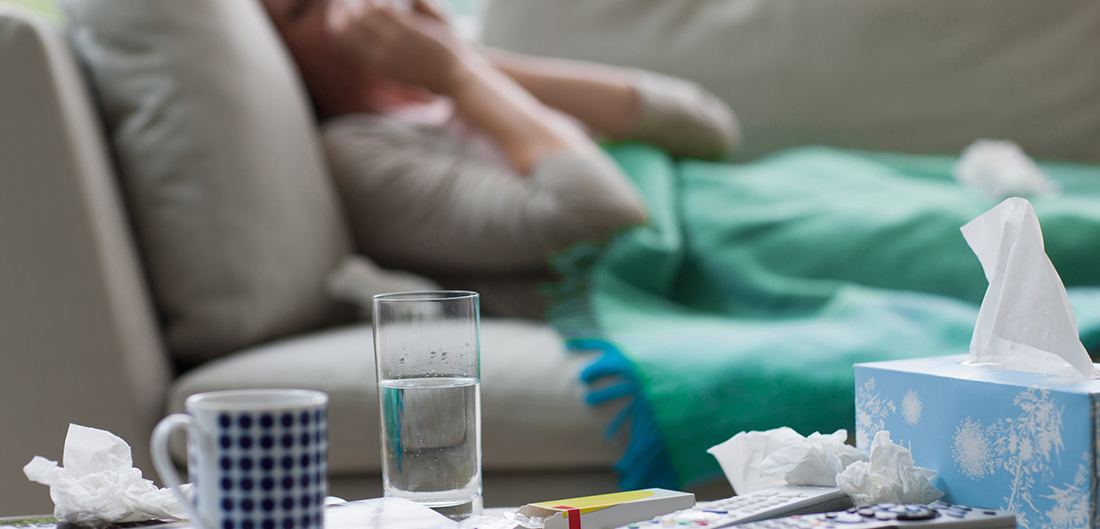The mantra of “stop, drop, and roll” is a familiar drill and phrase we repeat as children, but we rarely talk about it or practice it in adulthood. And while children may learn about fire evacuation plans at school, grown-ups might not remember to actually put them into action. With an average of 358,500 house fires per year, fire safety is something everyone should think about—and often.
Home automation devices offer the technology to help safeguard your home against fires. Here's what you can do to stay protected the “smart” way.
Invest in a Monitored Smoke Alarm
Many home security systems offer monitoring services. This means the system is linked to a central monitoring station that receives an alert when a security alarm is triggered and can notify authorities on your behalf. This type of home security system is widely regarded as the safest and smartest choice, but it doesn't have to stop at security.
Many of today’s home security systems allow you to purchase monitored smoke and fire alarms as well. If smoke is sensed an alert will trigger prompting the monitoring station to reach out to the fire department and let them know an alarm is going off in your home. These systems can be set up and managed by your internet service provider.
Utilize Sirens
The telltale chirp of a smoke alarm is a sound everyone is familiar with, especially when the battery is getting low. It may be hard to imagine anyone sleeping through the sound, but why take that chance? Home security systems usually have a siren that sounds at 90 decibels or above, and by linking these sirens to your smoke alarms through home automation systems, you can double up on the alerts.
A good way to utilize these additional sirens is to place one in each bedroom. Even the heaviest sleeper will be jolted awake by the volume.
Let Smart Devices Minimize Risk
Cooking accidents are the leading cause of house fires across the country. While some of these infernos are no doubt the result of grease fires and other cooking mishaps, a concerning number of them are caused by people leaving the oven or other appliances on and forgetting to turn them off. There are a several smart ovens on the market that will regulate their temperature and turn off automatically after a few minutes of inactivity.
However, these smart ovens carry a high price tag. A more budget-friendly option is to invest in a smart outlet plug for your appliances and a motion sensor, and then use a system like If This, Then That (IFTTT) to set up a series of commands. For example, if no motion is detected in the room for a certain amount of time, it will turn off power to the appliance.
There are also smart sensors that can detect sudden, rapid changes in temperature that might indicate a fire. These sensors can be added in conjunction with the rest of these methods to automatically detect potential fires and cut off the appliance in question.
Upgrade Your Smoke Detector
Everyone is familiar with the circular-shaped traditional smoke detectors, but if you want an option with slightly more usability, consider a product like the Nest Protect. Smart detectors offer several advantages over traditional detectors. The first is that it won't give off the annoying chirp when the battery gets low; instead, you'll receive a notification on your phone letting you know it’s time to replace the battery.
Another advantage of these devices is that they can send you a push notification anytime the sensor detects smoke. The sensor itself will also go off, emitting a loud siren, but you can easily silence this from your phone in case the tea boiled over or you burnt some toast. These detectors also detect carbon monoxide in the air, another serious safety risk.
Make Your Batteries Smarter
What's better than a 9 Volt battery? A smart 9 Volt battery, naturally. Smart batteries are relatively new to the smart home scene, but they serve a simple yet ingenious purpose. Smart batteries replace the existing batteries in your smoke detectors and send a notification to your phone when the detector is triggered. These batteries also send notifications when they need to be replaced.
While smart batteries cost a bit more than normal batteries, they're a cost-effective alternative if a smart smoke detector is outside your price range.
Practice Smart Habits
Fire is a constant consideration for homeowners, especially during the colder months when fireplaces are opened up and put to use. In addition to the safety provided by smart home technology, there are a few basic things to keep in mind:
- Keep spare firewood far from the fireplace. It's easy to toss a few logs onto the hearth for easy access, but it's better to place them well away from anything that might ignite them.
- If you start cooking something that will take several hours, set a timer on your phone to check on it every half hour.
- Finally, make sure your fire extinguishers are within easy reach and fully functional.
If you keep a close eye on things, you can nearly eliminate the risk of a fire in your home. Easy access to an extinguisher will let you put out small blazes (like those of an inexperienced cook on the stove), but make sure to get out of your house and call the fire department if you're in danger.
Patrick Hearn is an Atlanta-based tech writer for XFINITY Home. You'll find him working away in coffee shops or tucked in a corner reading and sipping the latest pour-over.










